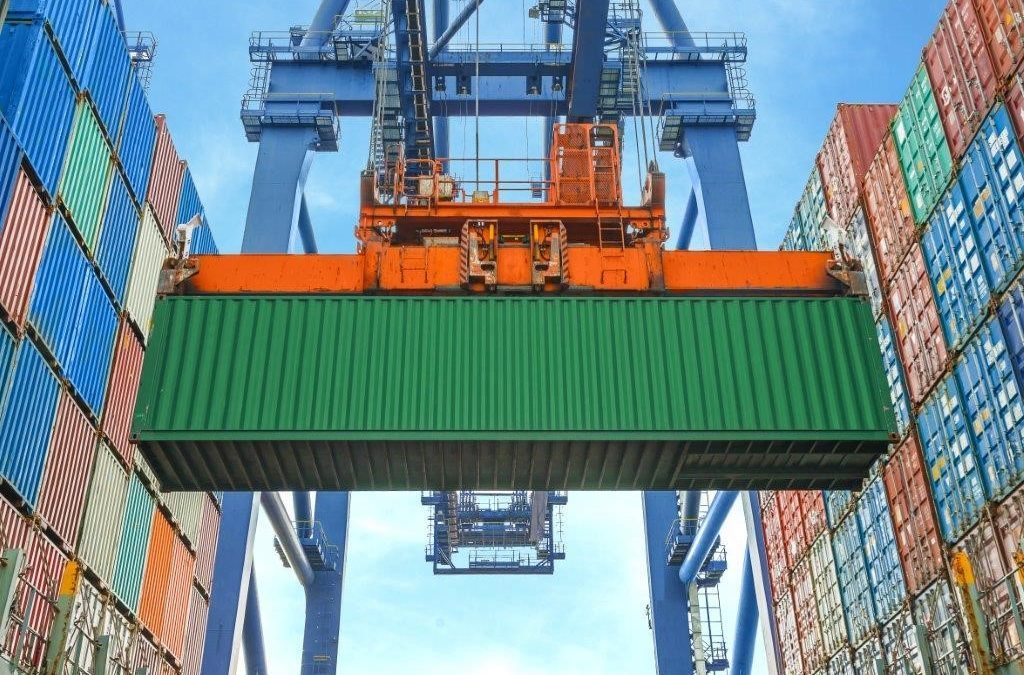| Shipping breakbulk or project cargo across international waters traditionally involves loading high, or heavy pieces of cargo on a ship, either on cradles, skids or reels; in drums or crates; or banded together (as is the case for pipes and rail tracks). Customers ask us about the advantages and disadvantages of shipping break bulk or project cargo in these traditional configurations versus in the newly-designed containers that have been advertised specifically for break bulk.
At RTM LINES, we help our clients evaluate the advantages and disadvantages as well as any additional financial and time implications that may arise when shipping break bulk in containers.
- The newly-designed containers, including ones where the tops (containers) lift off the platform (container floor) for loading, offer yet another option for shipping cargo. However, by its nature, break bulk cargo can be high or heavy or abnormally-sized. This cargo is generally longer, wider, higher, or heavier than what many containers can accommodate. In most cases, we advise against dismantling cargo to fit it into a container. These extra and unnecessary steps have the potential to damage or compromise the integrity of the cargo and create even more costs.
- Traditionally, break bulk, once suitably packaged for shipping, is delivered to a port and loaded on a ship with the aid of a forklift or crane. Whereas, shipping ocean break bulk in containers, regardless of how the containers open for loading, potentially adds additional steps and fees to the process. These may include: container rental, delivery of the container to a loading dock, costs of personnel and equipment to load the container, packing materials to secure the cargo inside the container and then, finally, delivery of the container/cargo to the port, along with the costs for any equipment needed to load the container on the ship.
- Clients ask us about the benefits of using a container to protect cargo from weather or other elements. Sometimes this level of protection may be warranted, as when shipping rare antique sports cars or high tech equipment. However, in most cases, a ship’s breakbulk hatch, hold or rolling stock high and low decks sufficiently protect virtually all cargo from weather or other elements.
Call 800.847.7447 or email [email protected] today for personalized advice and situation specific options to solve your trans-ocean shipping challenges.
BREAK BULK – PROJECT CARGO – ROLLING STOCK – FCL
Click here now to visit the RTM LINES website!
Let us show you what RTM LINES can do for you.
|

